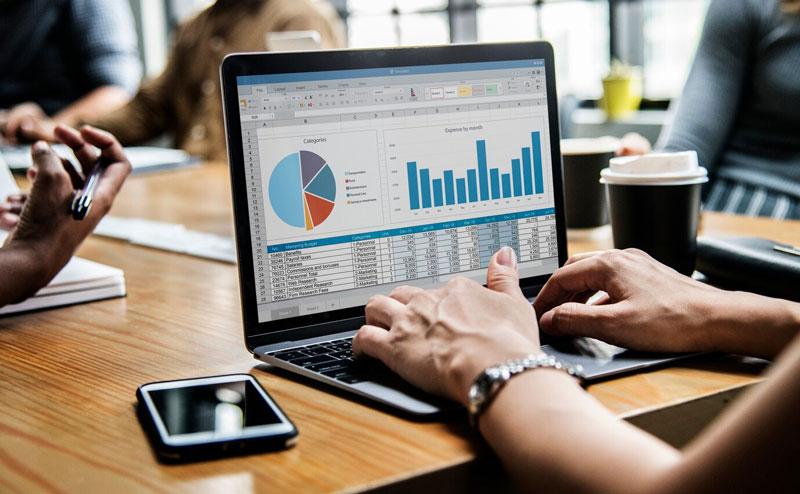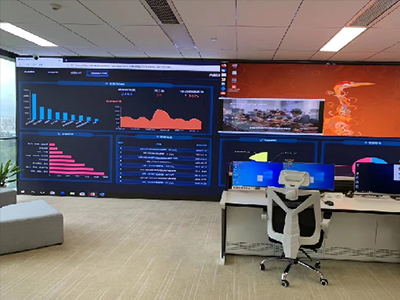ERP系统 & MES 生产管理系统
10万用户实施案例,ERP 系统实现微信、销售、库存、生产、财务、人资、办公等一体化管理
Introduction to Calculating Averages in Excel
In the realm of data analysis and spreadsheet applications, Microsoft Excel stands as the ultimate tool for professionals and enthusiasts alike. One of its fundamental functions is calculating averages, which plays a crucial role in deriving insights from datasets of varying complexities. Whether you are a novice or an experienced user, understanding how to leverage Excel for averaging data can significantly enhance your analytical capabilities.
Understanding the AVERAGE Function
Excel’s AVERAGE function is a versatile tool designed to compute the arithmetic mean of a range of numbers. This function takes into account numerical values within a specified range, making it ideal for summarizing data sets across different contexts. By mastering its usage, users can efficiently handle diverse datasets, from financial statements to scientific experiments.
Step-by-Step Guide to Using AVERAGE in Excel
To harness the power of the AVERAGE function, follow these steps:
1. Selecting the Data Range: Identify the cells containing the data you wish to average.
2. Entering the Formula: Input “=AVERAGE(” followed by the range of cells (e.g., A1:A10).
3. Executing the Function: Press Enter to see the computed average displayed in the designated cell.
This straightforward process ensures accuracy and efficiency in deriving averages, irrespective of dataset size or complexity.
Advanced Averaging Techniques
Excel offers advanced techniques beyond basic averaging:
– Weighted Averages: Apply weights to values using SUMPRODUCT.
– Conditional Averages: Use AVERAGEIF or AVERAGEIFS for averages based on specified criteria.
– Dynamic Averages: Utilize functions like OFFSET or INDEX/MATCH for averages in dynamic ranges.
These techniques empower users to tailor averaging methods to specific analytical needs, enhancing precision and relevance in data interpretation.
Visualizing Averages with Charts
Charts are the ultimate tool for visualizing averaged data in Excel:
– Column Charts: Ideal for comparing averages across categories.
– Line Charts: Showcase trends and fluctuations in averaged data over time.
– Pie Charts: Represent proportions of averaged values within a whole dataset.
Integrating charts with averaged data not only enhances visual appeal but also aids in communicating insights effectively.
Applications Across Industries
Averaging in Excel finds applications in various industries:
– Finance: Analyzing financial performance indicators such as revenue averages.
– Education: Calculating student grades or classroom performance metrics.
– Healthcare: Studying patient data averages for medical research.
The versatility of Excel’s averaging capabilities makes it indispensable across diverse professional domains.
Conclusion on Excel Averaging
Mastering the art of averaging in Excel is crucial for anyone involved in data-driven decision-making. By leveraging the AVERAGE function and its advanced features, users can unlock deeper insights from their datasets. Whether you’re a data analyst, researcher, or business professional, Excel remains the ultimate ally for accurate and efficient averaging, driving informed decisions and impactful outcomes in every field.












 咨询顾问
咨询顾问